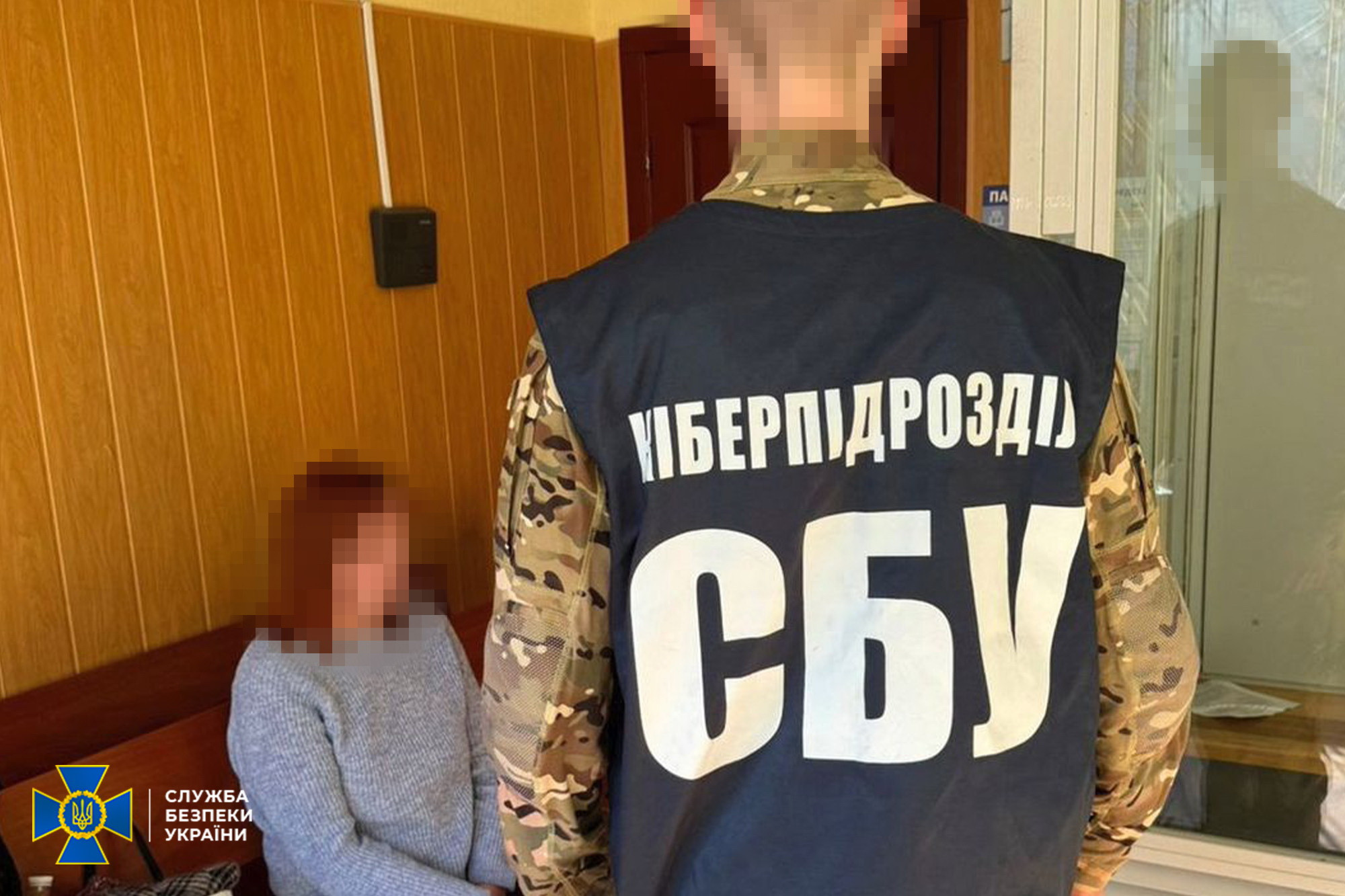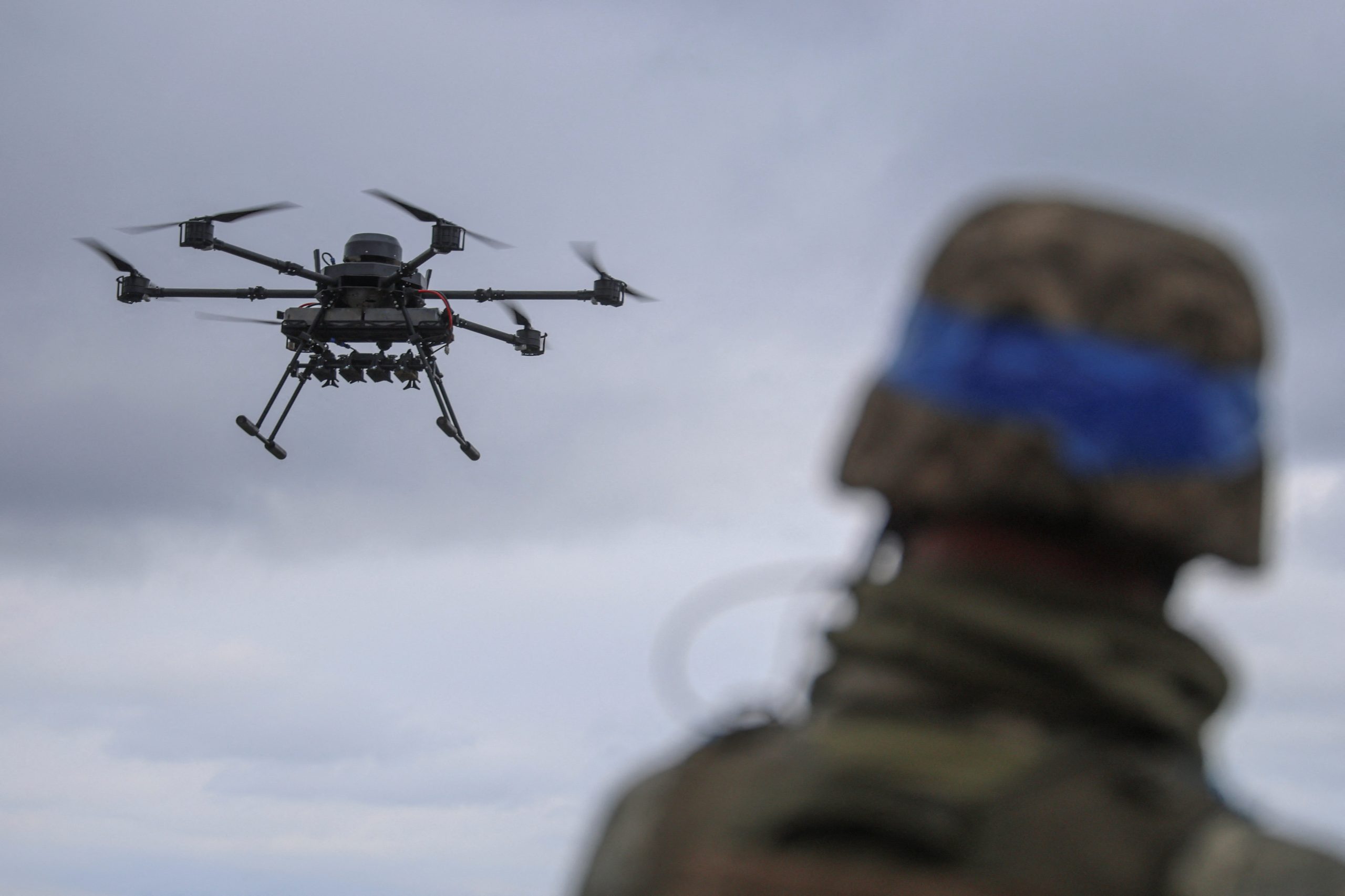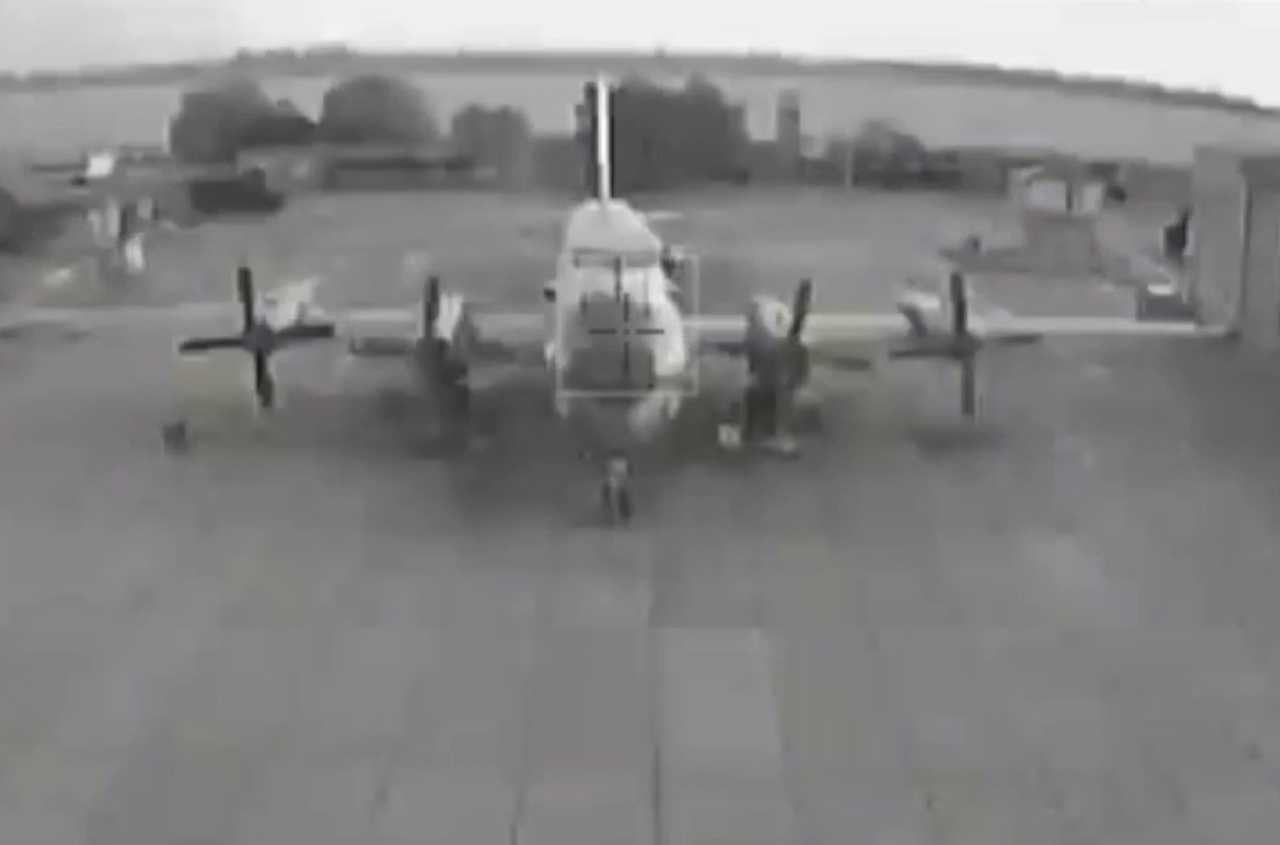The Security Service of Ukraine cyber experts have prevented new strikes by the Russian Federation on defense lines and Ukrzaliznytsia facilities in the Kharkiv region. The primary targets of the aggressors were newly constructed fortified areas and logistical routes of the Armed Forces of Ukraine.
At the behest of the aggressor, a local resident who worked for Russian intelligence was recruited to adjust shelling. She was tasked with identifying and marking minefield geolocations, long-term defensive points, as well as trench and bunker systems on Google Maps.
Additionally, the informant attempted to monitor the railway tracks used by military convoys of the Armed Forces of Ukraine, particularly those carrying heavy armor and artillery.
Based on the coordinates provided by the Russian collaborator, the Russian forces planned to conduct air attacks using guided missiles and bombs.
In the event of fire striking potential targets, the occupiers hoped to weaken the defense of Kharkiv and disrupt the railway routes for the transportation of personnel, weapons, and ammunition to the front lines for the Armed Forces of Ukraine.

Following the Russian airstrike, the informant was to report back to the aggressor on the accuracy of the strikes and then receive further instructions for "evacuation" to the Russian Federation.
However, SSU cyber experts timely exposed the agent, thwarted the Russian plans, and blocked the accomplice's escape to the aggressor country.
Simultaneously, comprehensive measures were taken to secure the deployment and movement of Ukrainian troops.
According to the investigation, the female culprit worked for the occupiers through an intermediary. It turned out to be her brother from Donetsk, a fighter of the Russian occupation group on the eastern front.
To document and transmit the "required" geolocations to him, the informant traversed the area and upon returning home marked the reconnaissance data on electronic maps with descriptions of the objects.
They maintained communication through an anonymous chat in a messenger.
Based on the collected evidence, SSU investigators informed the detainee of the suspicion under Part 2 of Article 114-2 of the Criminal Code of Ukraine (unauthorized dissemination of information about the movement, location, or placement of the AFU if their identification is possible on site).
She is currently in custody. The culprit faces up to 8 years in prison.





















